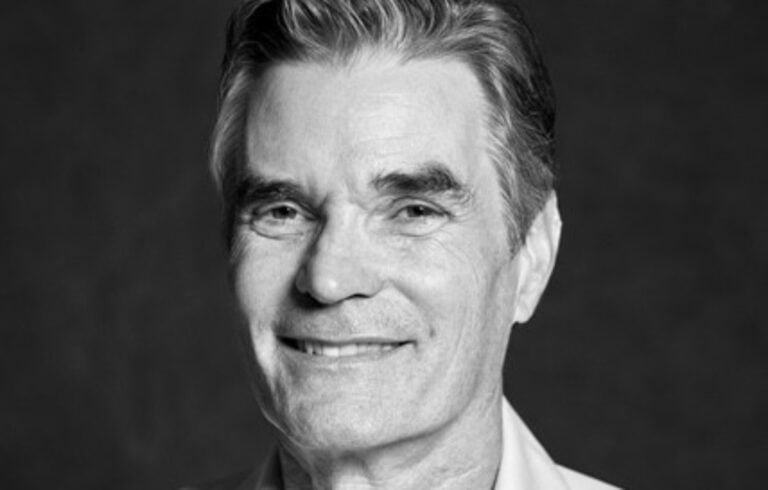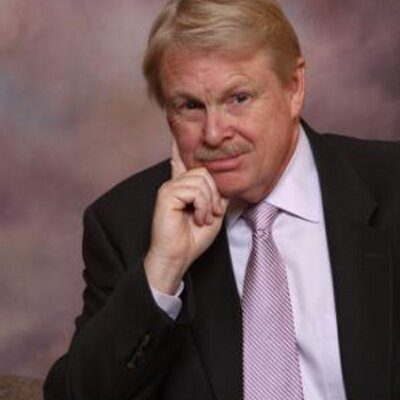

When it comes to the toothpaste aisle at your local drug chain store, Rowpar Pharmaceuticals doesn’t have a household name on the shelf.
But while there are no Colgates or Crests under their product umbrella, Dr. James Ratcliff stands by the company’s CloSYS brand and its performance. ”Our toothpaste outperforms the big guys three and fourfold in terms of anti-cavity protection and the prevention of plaque regrowth,” Ratcliff, the company’s CEO and Chairman, tells Chief Executive.
Ratcliff came to Rowpar Pharmaceuticals 16 years ago from the world of higher education. He was helping out the founder—aka his father—with an intellectual property dispute. Since it was hard for them to recruit a CEO under those circumstances, he raised his hand and took the job, eventually deciding to stay for the long haul. The company is growing at a 15% year-over-year clip, with an increasing international presence (the company announced its move into China in the beginning of 2018).
Ratcliff spoke to Chief Executive about the day-to-day challenges of the company, its foray into China and how the trade dispute will impact them and more. Below are excerpts from this conversation.
They’re probably in three baskets. One has to do with the fast-moving consumer goods space and retail. The second in the professional space with dentists and doctors. And the third on the international front. Our problem with fast moving consumer goods is that we need to be on the shelf in Portland, Oregon, and Portland, Maine. And if we can’t resupply that within a five to seven-day window, the retailer won’t carry us. When you look down a Walgreens aisle, there’s probably 400 [stock keeping units] that are oral care. And they’re rated by the buyer on dollars per square inch per month sold. And so you want to be high up in the ratings. We’re happy to be around 20. Some of our big brother comparisons are down in the 100s and certainly if you’re 399 or 400, your existence is in jeopardy.
What that means for us is that we want to have a very positive relationship with the companies that distribute our product. And that presents them certain challenges every day in making sure that we’re in the right place and with the volumes that they expect.
On the professional front, it’s always a challenge to figure out how best to let the word out to people in medical and dental profession. So how to reach professionals and tell them about what you’re doing, why your products are ones that they should consider dispensing is always a challenge for us. We’re happy to be the product of choice for a good number of leading dentists, hygienists, oncological nurses, etc. But that’s an ongoing challenge.
And then on the international front, all those big guys you were referring to earlier, the Johnson and Johnson and the GSK and the Colgates and P&Gs, they don’t play just in the national market. And for a small firm to say we got to have a footprint that’s not just national but international, that’s a challenge for us. If you go to a business meeting locally, most of the people around the table, the other CEOs, they’re bringing stuff to us as metro area, or a statewide area, or a region, rather than having to go to market nationally. So those are probably the three challenges that I think we face on a daily basis.
We’re in Australia, Canada, China, India. We’re under private label in Europe and the things that are important to us…we have about two dozen patents underscoring our product. So we want to go into a country where the in-country partner is a strong believer in the value of patented technology and premium products and has a long history there. In the case of China, we have found a partner. They distribute probably…I believe the figure was six U.S. made products from U.S. firms and they had a long track record of doing that. And so we went through informal sources and the U.S. Commercial Service and so forth in vetting those companies. And then we had both trademark and intellectual property footprints there. So those are sort of hurdles that we have to face. And then when we look at that distributor, particularly in a country as gigantic as China, can they really offer market penetration? You know? Do they have the strategy and the marketing and sales force to really make a difference?
So those are key questions we ask every time we look at a distributor. And I would add one other point about China. We started that in February. It’s been a very positive, successful relationship. The last shipment that we made to China sat in the harbor for 30 days because the Chinese authorities were waiting for word on how much tariff they should be applying. And our products experienced a 25% tariff as…and one of our board members is…raises pistachios and has a pistachio farm. And he sold 100% of his pistachio crop last year to China and this year zero.
The good news is our Chinese distributor is coming into town in the next 10 days. And we’re going to sit down and figure out how we can wade through this. He’s, you know, he’s invested significantly and gotten a very positive response to our products in China. And so we want to see if we can keep going. Obviously, I’ve also reached out to our Congressional delegation to remind them that Congress and not the President sets tariffs. You’d think they’d pay attention in an election year. But so far I haven’t heard anything very encouraging there.
I would absolutely say that it’s very important to find a fairly stable financial model before attempting to grow beyond that financial model. A lot of people invest in growth first and then wonder why they can’t balance their books. And then the second is, and it’s probably more first, is vision statements really involve what you’re going to leave behind, how you’re going to make the world a better place as a purpose-driven organization. And the mission statement then describes how you’re going to get there. And I find vision and mission are either big statements or don’t have a clear relationship between where you’re going and how you’re going to get there and then how does that guide you in your planning.
So I suppose the last thing is to engage with customers upfront and personally and regularly. We get our best advice from the people who actually use our product, love our product, and are candid with us about ways we can do what we’re doing better. And that helps us make a difference.
Read more: A Healthcare CEO’s Letter To His Old Silicon Valley Self




0

1:00 - 5:00 pm
Over 70% of Executives Surveyed Agree: Many Strategic Planning Efforts Lack Systematic Approach Tips for Enhancing Your Strategic Planning Process
Executives expressed frustration with their current strategic planning process. Issues include:
Steve Rutan and Denise Harrison have put together an afternoon workshop that will provide the tools you need to address these concerns. They have worked with hundreds of executives to develop a systematic approach that will enable your team to make better decisions during strategic planning. Steve and Denise will walk you through exercises for prioritizing your lists and steps that will reset and reinvigorate your process. This will be a hands-on workshop that will enable you to think about your business as you use the tools that are being presented. If you are ready for a Strategic Planning tune-up, select this workshop in your registration form. The additional fee of $695 will be added to your total.

2:00 - 5:00 pm
Female leaders face the same issues all leaders do, but they often face additional challenges too. In this peer session, we will facilitate a discussion of best practices and how to overcome common barriers to help women leaders be more effective within and outside their organizations.
Limited space available.

10:30 - 5:00 pm
General’s Retreat at Hermitage Golf Course
Sponsored by UBS
General’s Retreat, built in 1986 with architect Gary Roger Baird, has been voted the “Best Golf Course in Nashville” and is a “must play” when visiting the Nashville, Tennessee area. With the beautiful setting along the Cumberland River, golfers of all capabilities will thoroughly enjoy the golf, scenery and hospitality.
The golf outing fee includes transportation to and from the hotel, greens/cart fees, use of practice facilities, and boxed lunch. The bus will leave the hotel at 10:30 am for a noon shotgun start and return to the hotel after the cocktail reception following the completion of the round.